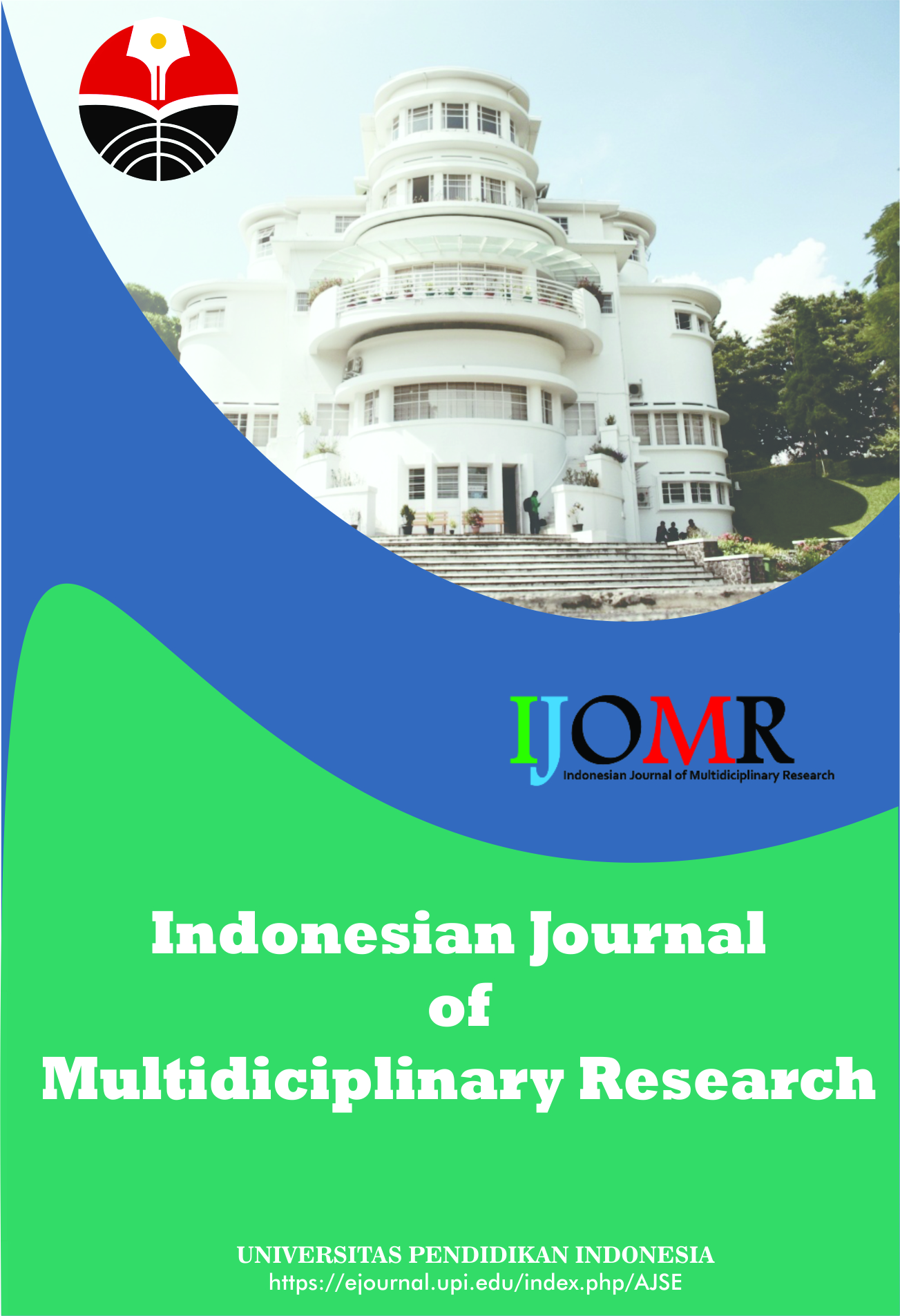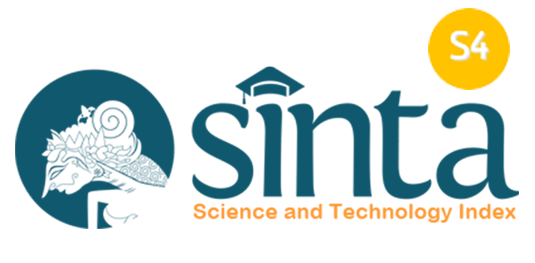A Comparative Analysis of Interjections in the Prologue of It Ends with Us by Colleen Hoover and Its Indonesian Translation, Akhir Antara Kita: Implications for Language and Translation Education
Abstract
Keywords
Full Text:
PDFReferences
Ameka, F. (1992). Interjections: The universal yet neglected part of speech. Journal of Pragmatics, 18, 101–118.
Andayani, T. (2024). Analysis of interjections in Supporting Characters in the Novel “Rindu” by Tere Liye. Journal of Linguistica, 1(4), 1–9.
De Block, D., and Vis, B. (2019). Addressing the challenges related to transforming qualitative into quantitative data in qualitative comparative analysis. Journal of Mixed Methods Research, 13(4), 503–535.
Greckhamer, T., Furnari, S., Fiss, P. C., and Aguilera, R. V. (2018). Studying configurations with qualitative comparative analysis: Best practices in strategy and organization research. Strategic Organization, 16(4), 482–495.
Jamaliddinovich, Y. (2023). Linguopoetic characteristics of interjection words. Anglisticum. Journal of the Association-Institute for English Language and American Studies, 12(11), 34–41.
Khaichevska, T., Bondaruk, L., and Rohach, O. (2024). Cognitive-epistemological, pragmatic, and psycholinguistic aspects of French interjections. East European Journal of Psycholinguistics, 11(1), 96-108.
Miclea, A. (2023). Colleen Hoover’s Formulas for Best-Sellers as Seen in Reminders of Him and it Ends with Us. Romanian Journal of English Studies, 20(1), 72–79.
Molina, L., and Albir, A. H. (2004). Translation Techniques Revisited: A Dynamic and Functionalist Approach. Meta, 47(4), 498–512.
Riemer, N. (2014). Comment: Interjections and expressivity. Emotion Review, 6(1), 64–65.
Sauter, D. A. (2014). Comment: Evidence for basicness from noise-like interjections of emotions. Emotion Review, 6(1), 65–66.
Shalika, M. P., and Mulyadi, M. M. (2019). Cognitive interjection in Indonesian and Japanese. Humanika, 26(1), 32.
Wahid, M. I., and Basari, A. (2020). Techniques of translating interjection in the novel “Looking for Alaska” in terms of functions, meanings, and categories. E-Structural, 3(01), 31–44.
Widiatmoko, B., and Waslam, W. (2017). Interjeksi Dalam Bahasa Indonesia: Analisis Pragmatik. Pujangga, 3(1), 87.
Wierzbicka, A. (1992). The semantics of interjection. Journal of Pragmatics, 18(2–3), 159–192.
Zuhroni, Z., and Syamsurrijal, S. (2023). Analysis of intrinsic element found in it ends with us by Colleen Hoover. JISHUM: Jurnal Ilmu Sosial Dan Humaniora, 2(1), 46–58.
DOI: https://doi.org/10.17509/ijomr.v5i2.89035
Refbacks
- There are currently no refbacks.
Copyright (c) 2025 Kantor Jurnal dan Publikasi, Universitas Pendidikan Indonesia (UPI)

This work is licensed under a Creative Commons Attribution-ShareAlike 4.0 International License.
Indonesian Journal of Multidiciplinary Research (IJOMR) is published by Universitas Pendidikan Indonesia (UPI)















